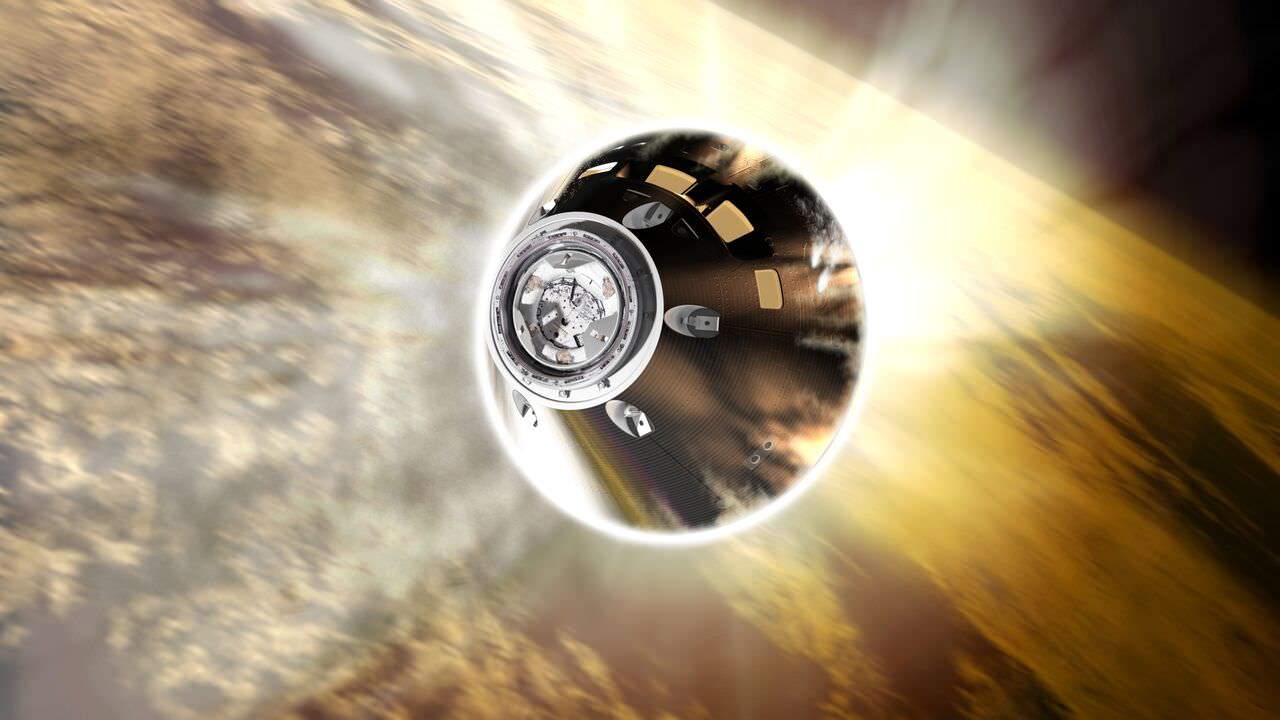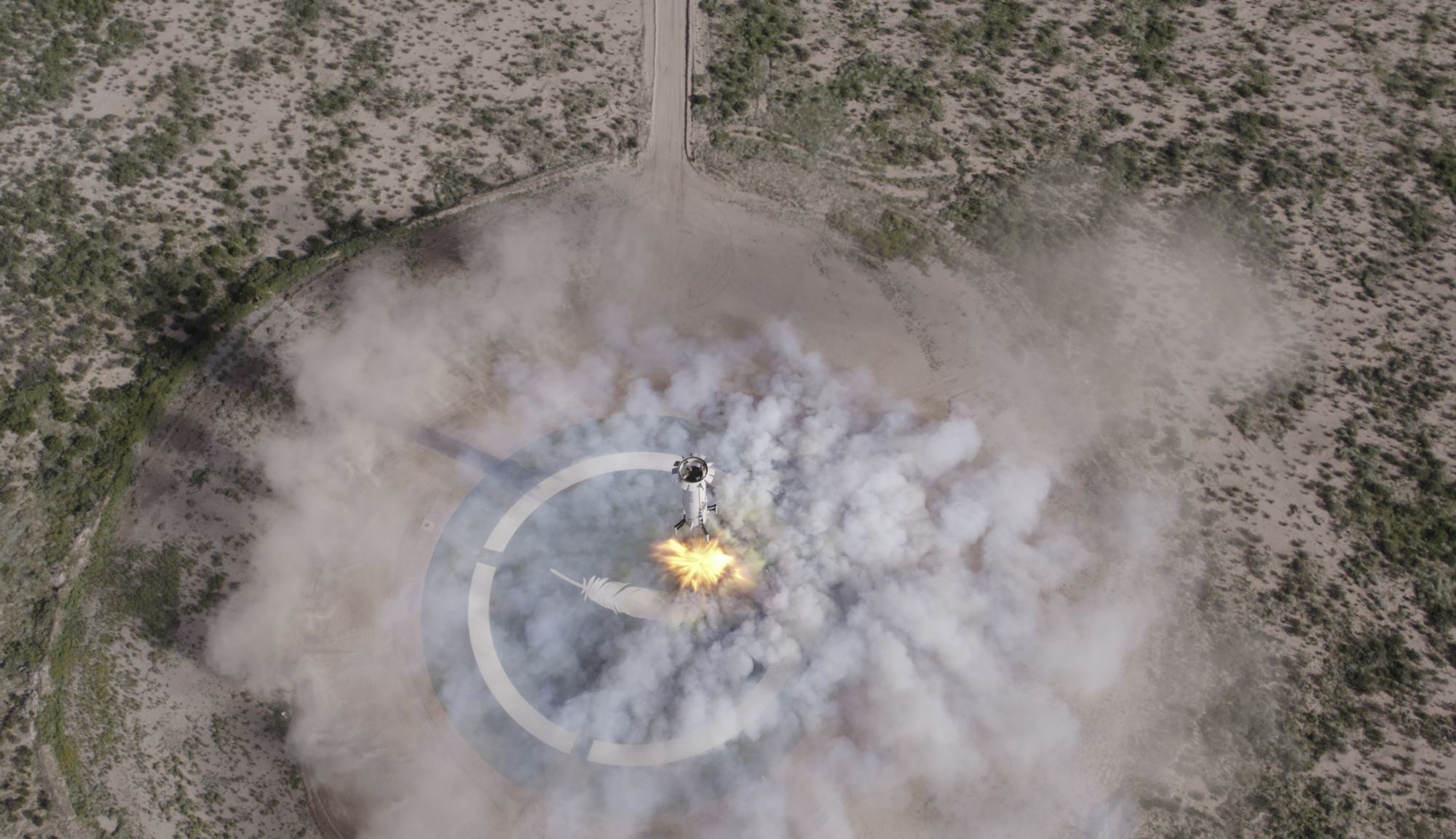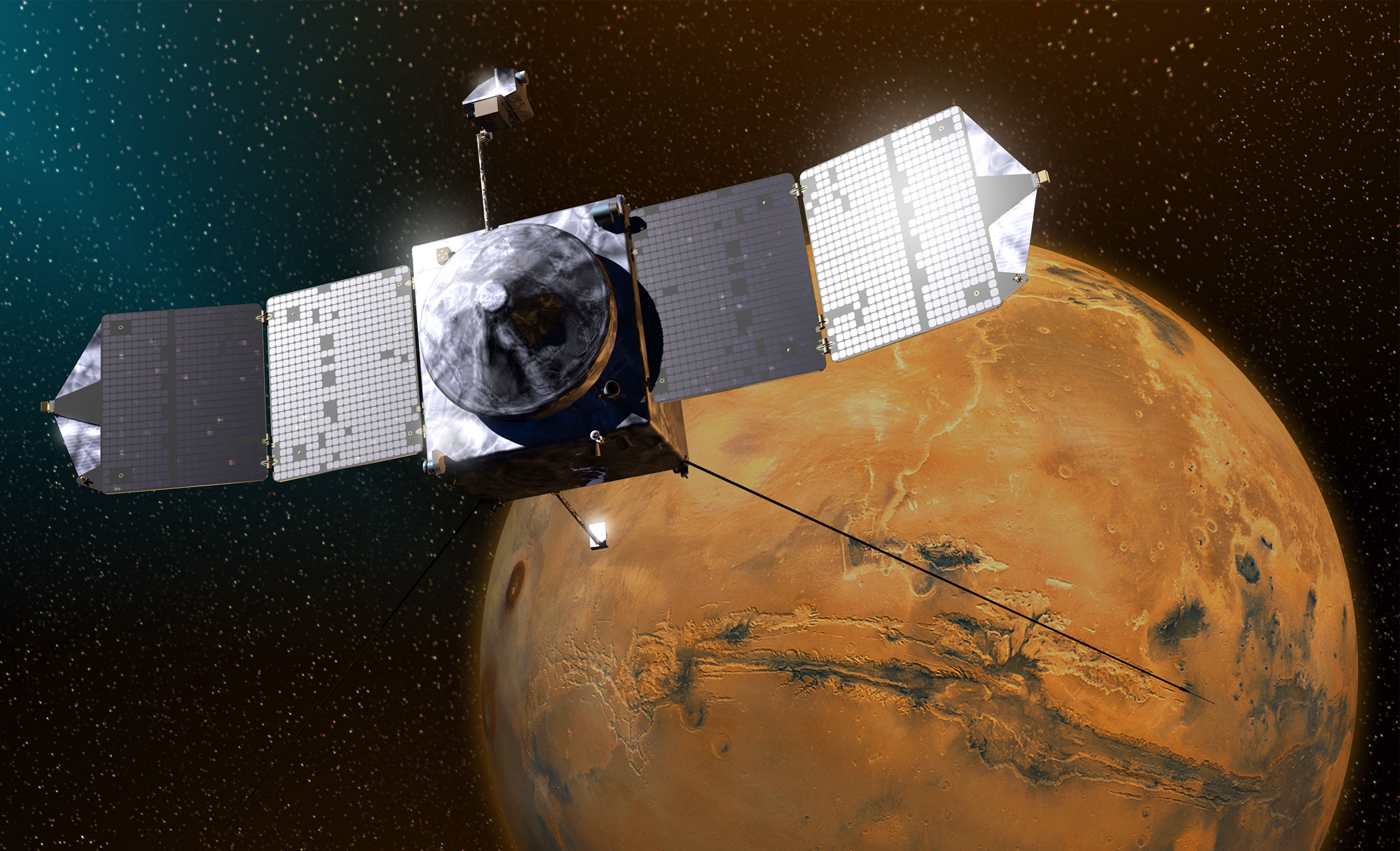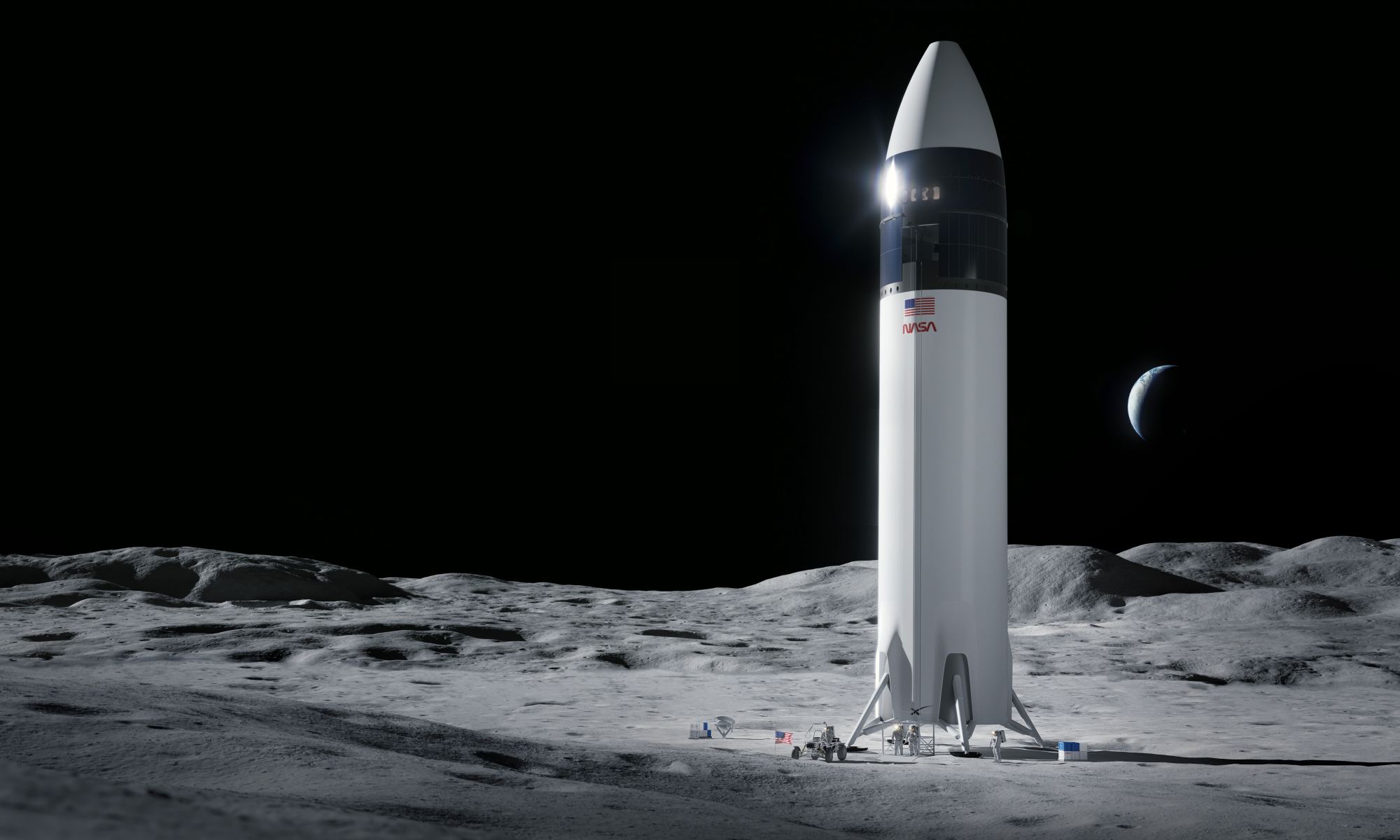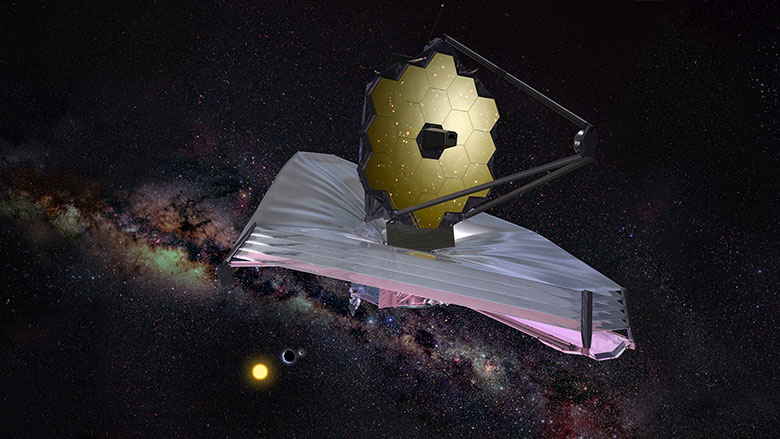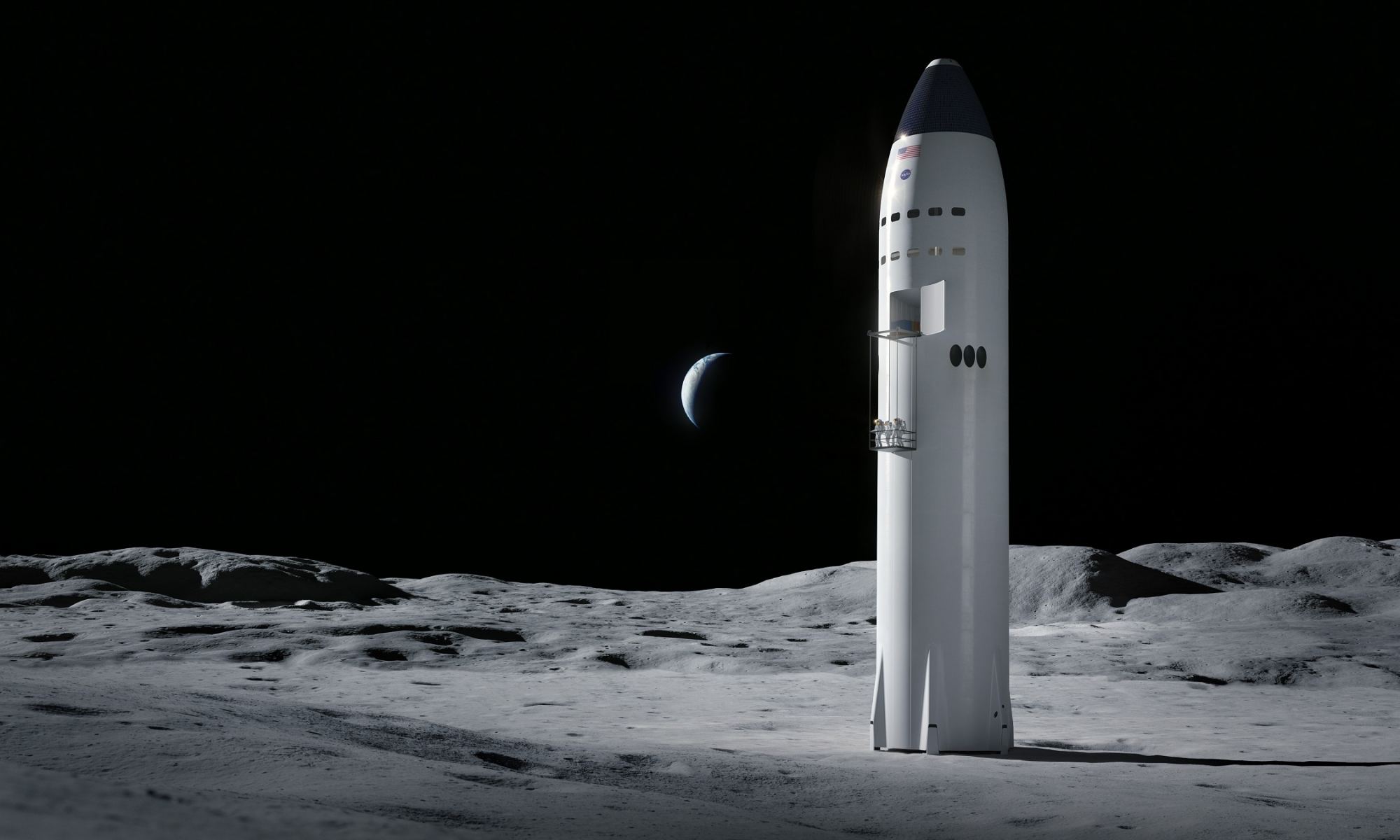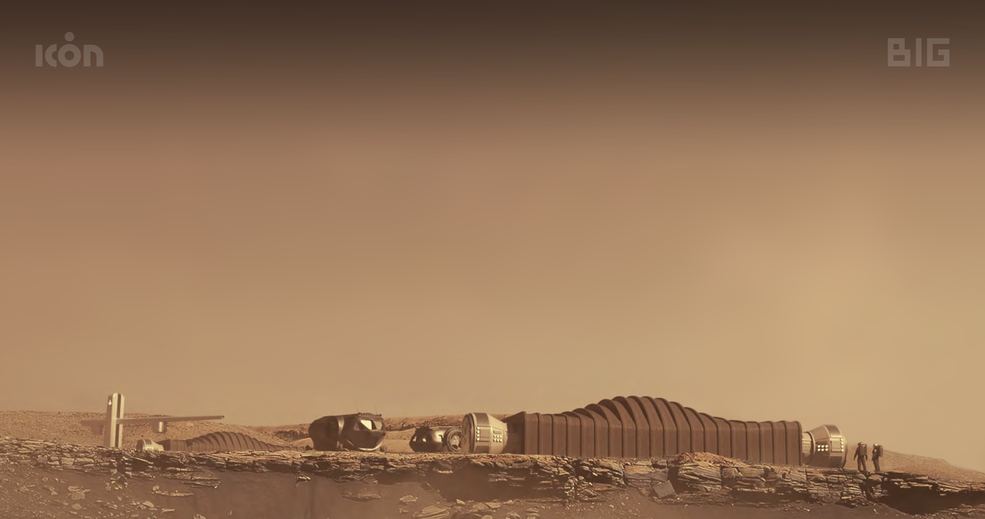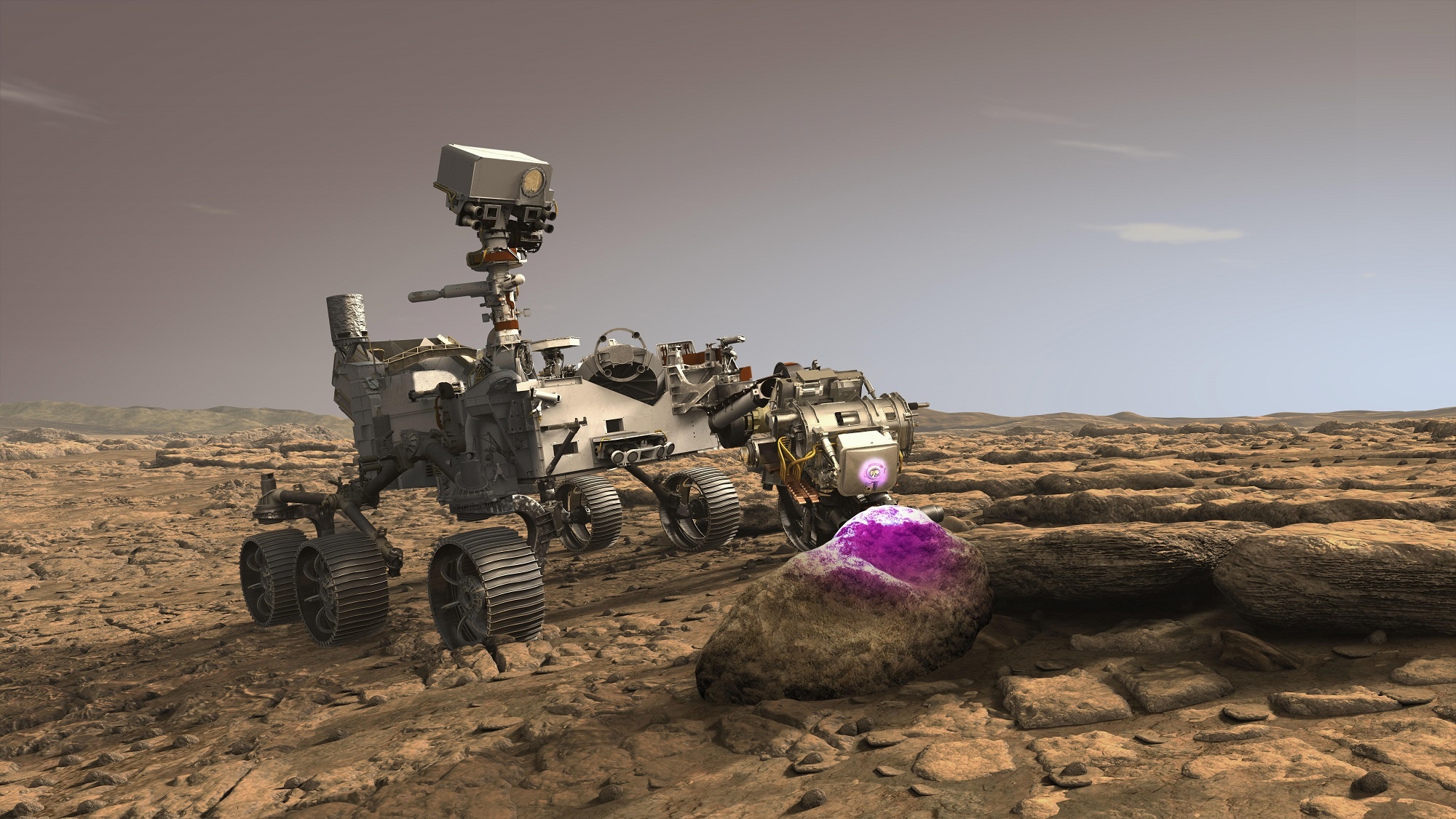At one time, the idea of sending humans to Mars either seemed like a distant prospect or something out of science fiction. But with multiple space agencies and even commercial space companies planning to mount missions in the coming decade, the day when humans will go to Mars is fast approaching the point of realization. Before this can happen, several issues need to be resolved first, including a myriad of technical and human factors.
In any discussion about crewed missions to Mars, there are recurring questions about whether or not we can mitigate the threat of radiation. In a new study, an international team of space scientists addressed the question of whether particle radiation would be too great a threat and if radiation could be mitigating through careful timing. In the end, they found that a mission to Mars is doable but that it could not exceed a duration of four years.
Continue reading “A Human Mission to Mars Should Last a Maximum of 4 Years”
